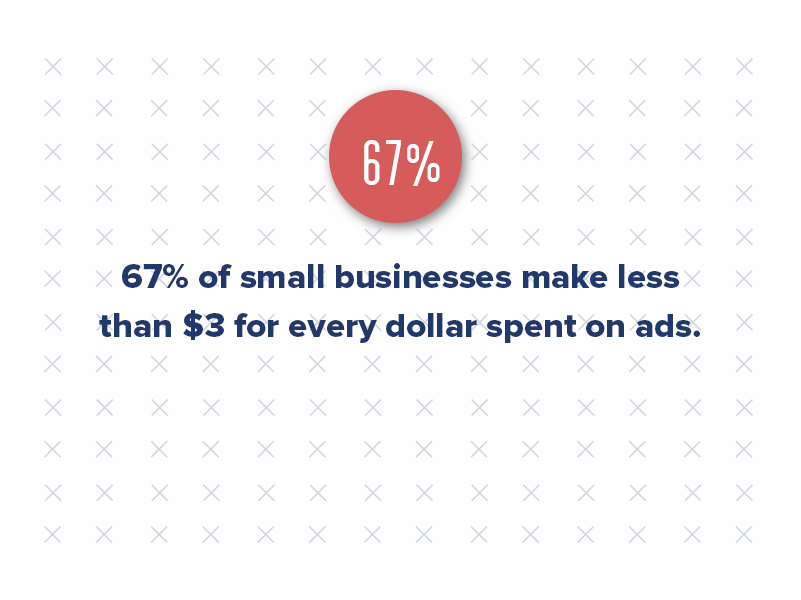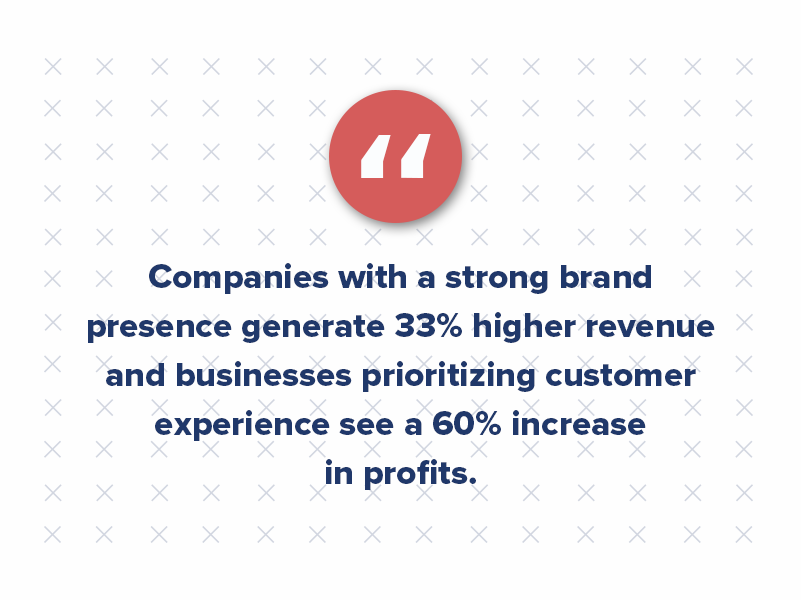Multifamily Marketing vs. Advertising: Stop Confusing Them & Start Winning!
The digital marketing landscape constantly evolves with new tools and emerging trends. One of the hottest topics is generative AI, a powerful tool that transforms content creation and customer engagement.
But even with all these exciting advancements, a fundamental question remains: What’s the difference between marketing and advertising?
Understanding this distinction is critical to reaching your target audience. While both aim to influence people’s thoughts about your products or services, they take different approaches.
Let’s break it down and explore how generative AI plays a role in this ever-changing field.
Advertising: The Bullhorn With a Target
Think of advertising as a paid announcement. It’s a way to create buzz and let potential customers know about your offerings. Ads on social media platforms, billboards, or TV commercials are all examples. They grab attention and often tell people what to do next, like visit a website or make a purchase.
Imagine a real estate company in Dallas-Fort Worth, where construction is booming. They might use eye-catching billboards to advertise their services. These billboards act as ads, drawing attention and connecting with potential clients.
Marketing: The Mastermind Behind the Scenes
Marketing is the bigger picture. It’s a strategic plan that includes everything from figuring out your unique selling proposition (USP) to creating content and managing customer relationships. It sets the stage for impactful advertising.
Here’s how marketing helps create powerful advertising:
- Finding Your “Why”: Marketing enables you to understand what makes your company special. This unique value proposition is the foundation of all your marketing efforts, including advertising.
- Knowing Your Audience: “Buyer personas” are detailed profiles of your ideal customers. They consider age, interests, and problems your product can solve. By understanding your target audience, you can craft advertising messages that resonate with them.
- Building Relationships: Today’s consumers want a conversation. Marketing helps you create a two-way dialogue with your audience on social media platforms or through email marketing. This builds trust and loyalty, something paid advertising alone might need help.
Content Is King (and Queen)
People are more likely to pay attention to exciting content than flashy ads. Statistics show that content marketing, such as blog posts or social media content, can yield a better return on investment (ROI) than traditional advertising.
We all get bombarded with ads. The key is to make them relevant, not annoying. Here’s where targeted advertising comes in.
Digital Advertising Gets Personal
Digital advertising is no longer a one-size-fits-all approach. Enter Personalized Ads: A New Era.
With targeted ads, messages are carefully crafted to resonate with specific buyer personas, taking into account demographics, interests, and online behavior. This shift from generic advertising to hyper-personalized messaging makes ads less intrusive and more relevant, potentially transforming them from an annoyance into a useful tool.
However, successful marketing goes beyond advertising. A strong social media presence, engaging content, and excellent customer service are crucial for building brand loyalty and fostering positive customer experiences.
The digital marketing landscape continues to evolve, and businesses that can adapt their strategies to leverage the power of personalization, prioritize audience engagement across channels like social media, and deliver exceptional customer service will be the ones that thrive.

Paid Media Still Works
While content marketing is powerful, paid advertising remains valuable. It’s cost-effective and has a proven track record of success.
However, the key is to be smart about your approach. 67% of small businesses make less than $3 for every dollar spent on ads. If your ad spending often yields diminishing returns, then it’s time to rethink your marketing approach.
Here’s where a comprehensive marketing strategy comes in. By understanding your target audience and creating engaging content for them, you can lay the groundwork for successful paid advertising campaigns.
Additionally, staying on top of the latest digital marketing trends, including content creation and influencer marketing, is crucial to maximize your ad spend.
New technologies like generative AI can help you optimize your paid media efforts. AI can automate repetitive tasks like ad creation and targeting, allowing you to focus on strategic decision-making. Additionally, AI can analyze vast amounts of data to identify the most effective ad placements and messaging for your target audience.
With a well-rounded multifamily marketing strategy and leveraging cutting-edge AI tools, you can significantly improve your return on ad spend and reach your target audience more effectively.
The AI Revolution
Artificial intelligence (AI) is shaking things up in marketing and advertising. Here are some ways AI is changing the game:
- Content Creation Powerhouse: AI can create high-quality content like product descriptions and social media posts, freeing marketers to focus on more significant ideas.
- Super-Personalized Marketing: AI can analyze vast amounts of data to understand customer preferences. This allows for hyper-personalized marketing campaigns, delivering the right message to the right person at the right time.
- Marketing on Autopilot: AI can automate repetitive tasks like managing campaigns and optimizing ads, freeing marketers to focus on creative strategies that drive higher conversion rates.

The Future Is Engaged and Data-Driven
When used strategically, marketing and advertising can be a game-changer for your business. Companies with a strong brand presence generate 33% higher revenue. Likewise, businesses prioritizing customer experience see a 60% increase in profits.
A well-executed multifamily marketing strategy that leverages AI and prioritizes audience engagement is no longer a luxury — it’s a necessity for survival and growth.




